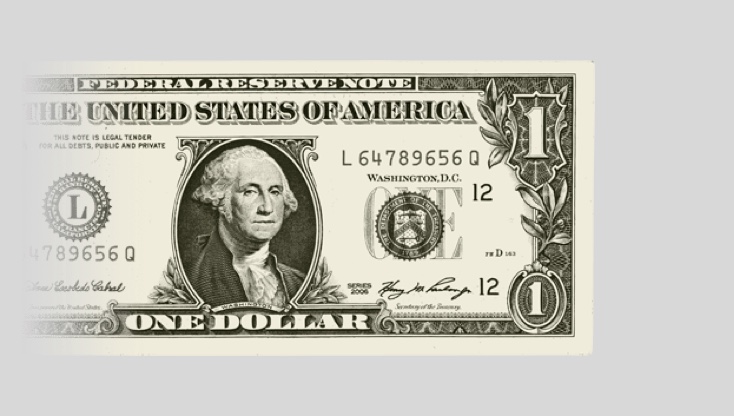When you take out a mortgage, apply for college loans, or finance a new car, your lender determines the rate of interest you’ll be charged for a portion of, or for the duration of your loan. This rate is heavily influenced by the overall economy’s interest rates. Interest rate futures enable banks to manage the risk of fluctuating interest rates — so they can loan money to businesses in your community and to people like you.
What is interest rate risk?
When a bank loans you money, it must pay an interest rate back to the Federal Reserve Bank, the central banking system of the United States. Think of it like this: if the bank is your lender, then the Fed is the bank’s lender. Since these interest rates move all the time, the bank is constantly exposed to price risks that will shape how much money it loans out, and at what rate.
See how banks use interest rate futures to manage risk.
How does all this impact me?
Mortgage rates rise and fall along with interest rates. When banks use interest rate futures to manage their interest rate exposure, they are better able to provide you with a competitive mortgage rate because they’ve already locked in their own short- or long-term interest rate. Managing their risk with interest rate futures enables them to loan more money to more people and businesses.
See how interest rate futures affect your everyday life in many ways.
When financing a car
When you take out a car loan, you’re really agreeing to the interest rate offered by the lender. The lender uses interest rate futures to manage the risk of interest rate fluctuations and offer you a competitive loan.




